What is Feng Shui? Can it be used in the bathroom? What are its benefits? Our tips will help you plan an oasis of well-being according to these ancient Chinese design principles.
There’s no way you’ve never heard the name: the ancient art of Feng Shui is rooted in Taoist, Buddhist and Tantric-Tibetan cultures and literally means ‘wind and water’. According to Feng Shui, the ability to furnish a place so as to achieve perfect harmony between these two natural elements, identified in the Yin and Yang forces, is what determines the well-being and healthiness of that place. This is the only way, according to these ancient teachings, that positive energy can flow throughout the space, reaching the people in it. From this, it is important to understand where certain furniture elements may go – positioning correctly those that facilitate the flow and removing any that could block the course of this vital energy.
Let’s explore how Feng Shui works in the bathroom, our personal feel-good retreat.
1. Choosing the right colours for a Feng Shui-style bathroom
Choosing the right colour for the bathroom is one of the most challenging tasks we’ll face because it involves finding the right balance between personal taste and design requirements: a small room or a room with no natural light may actually need lighter tones and bright surfaces (whereas maybe you’d prefer to use dark blue, as an example). Similarly, a bathroom may require touches of colour to disguise structural or design flaws (pillars, uneven walls, etc.). Similarly to chromotherapy, Feng Shui chooses colours according to the different emotions they spark in the human mind. Known to be one of the most powerful flowing elements in Feng Shui, water is associated with every shade of blue, light blue and green, which tend to have a soothing effect and make you feel comfortable in the bathroom. For the same reason, all nuances that are associated with fire (red, orange and similar warm colours) are generally avoided in a Feng Shui-style bathroom.
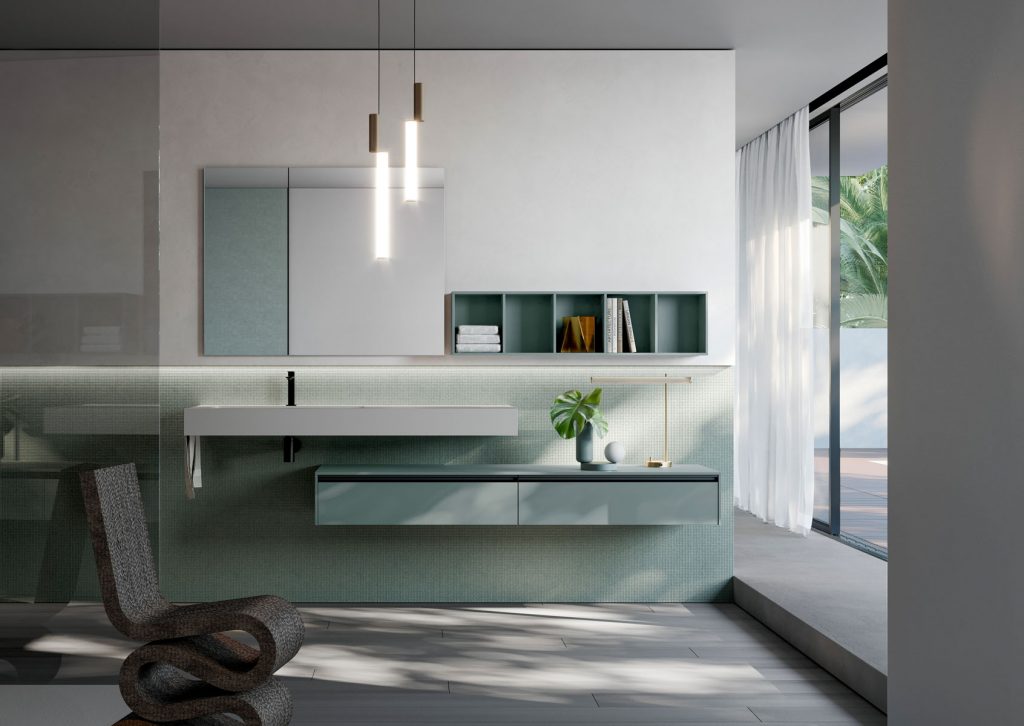
2. The Feng Shui approach to bathroom décor
A Feng Shui-style bathroom should preferably have décor elements with rounded shapes and sinuous volumes, avoiding sharp or pointed elements which would prevent the flow of positive energy. In terms of materials, it goes without saying that timber and natural stone are preferable to innovative synthetic materials, but that said, the choice of material must take into account our lifestyle, which means that materials should still be practical and easy to clean.
Neatness is another important element of Feng Shui-style bathroom décor. A disorganised, messy bathroom would be considered a mistake in Feng Shui which would compromise relaxation, so the bathroom should be planned in such a way that means there is enough storage space and shelves for cosmetics, bathroom essentials and personal items.
Rediscovering well-being in the home bathroom: read the post
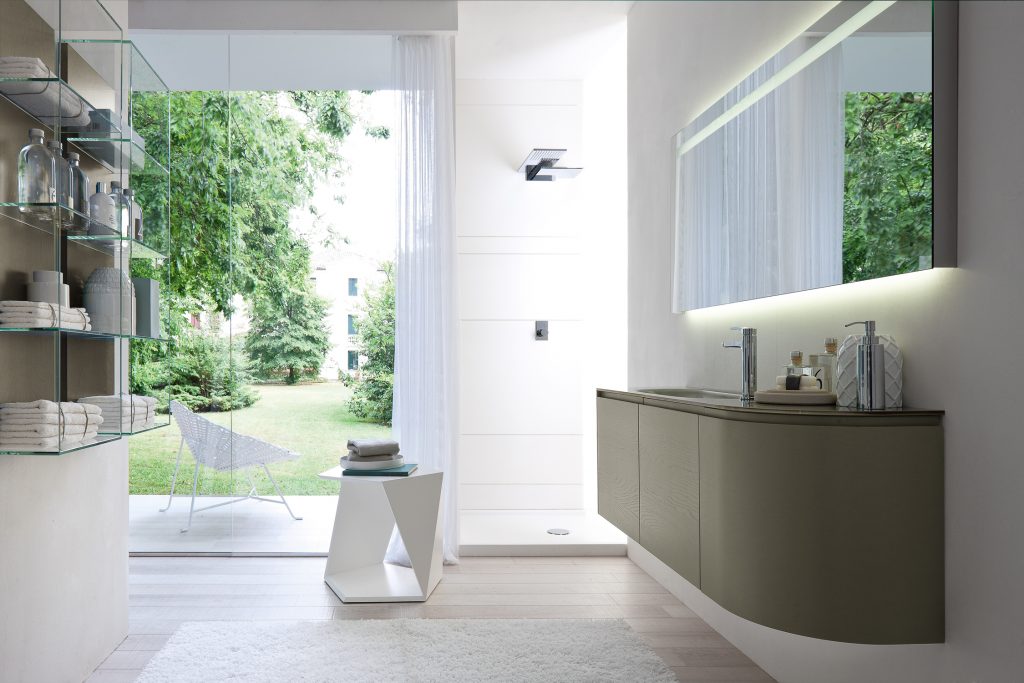
3. Using Feng Shui to arrange bathroom furniture
It is not always possible to follow Feng Shui principles to the letter when it comes to deciding on the floor plan of a house. For example, the bathroom should always face north and should not be located near the front door, so that your home’s Feng Shui energy doesn’t literally go down the drain. Likewise, it shouldn’t be near the kitchen, which traditionally brings a strong fire element, and shouldn’t even share a wall with the bedroom. The toilet should be kept separated from the rest of the bathroom, as is common across Asian countries (the bidet doesn’t even get a mention here since it isn’t used at all in Asia).
Although modern western flats are unlikely to have a room layout fully in line with the principles described above, there are some basic Feng Shui guidelines that can be applied when arranging bathroom furniture.
First of all, objects and accessories should not get in the way of the energy flow (such as free-standing towel racks in the middle of the room). Since everything in the bathroom tends to be positioned along the walls for practical reasons, following this simple rule shouldn’t be particularly difficult: even the bathtub itself, if free-standing, can be placed next to any of the four walls of the room, or in a corner.
Browse Disenia’s range of bathtubs and find your ideal designer bathtub
Even if it’s not possible to change the position or direction of the bathroom, there are ways to counterbalance the flow of energy: for example metals (i.e. metallic finishes) can be used to counterbalance the presence of fire elements (which, in a south-facing bathroom would counteract the strength of the water element in the room), alternatively, the natural energy of marble can be used in a bathroom facing the centre, north-east or south-west (typically associated with the element of earth, which is theoretically in contrast with water).
An interesting fact: these connections have to do with the essential properties of the five elements (Wood, Fire, Earth, Metal and Water), which work together in a precise cycle: wood is nourished by earth, earth muddies water, water extinguishes fire, fire melts metal and metal cuts wood. In the end, Feng Shui is all about balance and harmony.
4. The Feng Shui approach to bathroom lighting
Natural light is very important for Feng Shui: large windows provide proper lighting and adequate air circulation, turning the bathroom into a healthy, relaxing place. An environment that is either too light, or too dark is always a no-no for Feng Shui (yep, that means windowless bathrooms are bad Feng Shui, but we do know that sometimes there’s no choice: here’s how to remedy the problem!).
5. Feng Shui-style bathroom: choosing the right accessories
To ensure the bathroom is neatly organised and your mind and spirit are perfectly balanced, Feng Shui requires that the bathroom is clutter-free. Any unnecessary items, such as unused toiletries and old cosmetics, should be tossed so that only the bare essentials are kept on display, keeping clutter to a bare minimum (the trick, as we said earlier, is to plan your bathroom storage carefully).
There is one thing that Feng Shui does allow: houseplants. In addition to making you feel connected to nature, they also purify indoor spaces.
A Feng Shui-style home should also include wall art and paintings, provided they depict nature and natural landscapes (mountains and rivers, above all), which enhance well-being and spiritual regeneration.
Mirrors are particularly important too, as they add a lot of energy, not to mention they’re a necessity for anyone who wants to take care of their appearance. They’re also great for making small, poorly lit bathrooms look bigger and brighter. There’s only one rule to follow: never place two mirrors facing one another, as it is believed that they will bounce between them any positive energy they reflect.
Which bathroom furniture to choose? Explore Ideagroup’s collections

+1! Feng Shui in the bathroom: shower or bathtub?
Finally, there is one last consideration to take into account: water is the dominant natural element in the bathroom, so ideally it should be allowed to flow freely. This is easier said than done however, so a baseline would be to simply make sure the taps function correctly, and choose quality products that complement the bathroom’s décor (and not to forget to make sure they go perfectly with your colour scheme).
Last but not least, how can the bathroom become an oasis of peace and relaxation? By treating yourself to the perfect shower or bathtub! Or by going all out and having both of them in the same bathroom, space permitting.
Was Feng Shui already familiar to you? Is it something you would like for your bathroom? Whether Feng Shui is your priority or not, turn to our dealers to find out how your bathroom can be transformed into a luxurious personal haven for your wellbeing.
And dont’ miss our newsletter: it’s packed with updates and inspirational ideas!

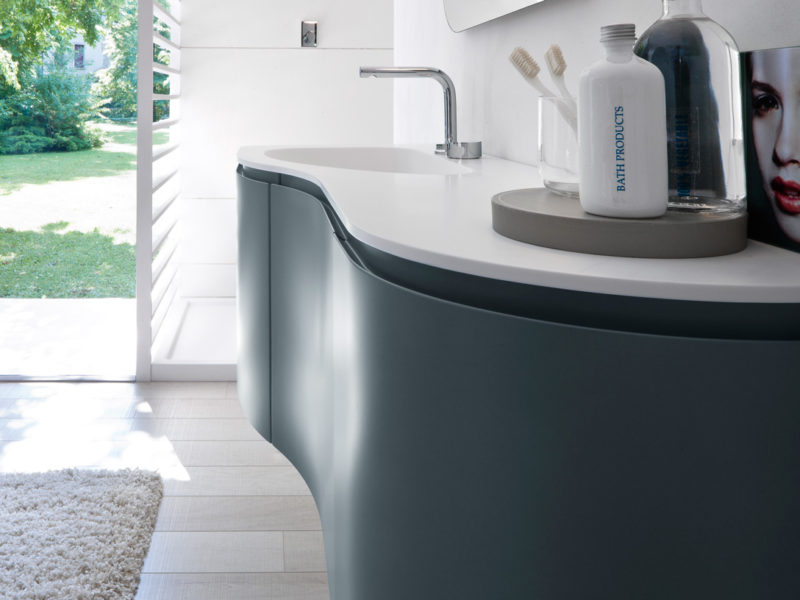




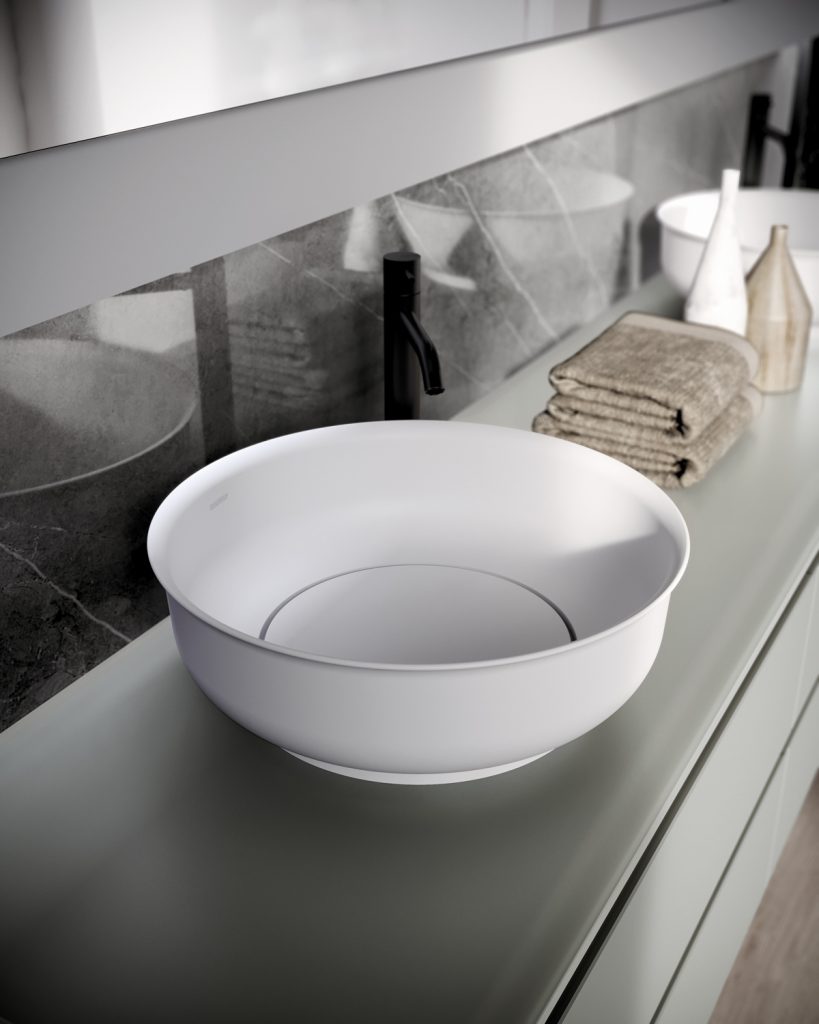













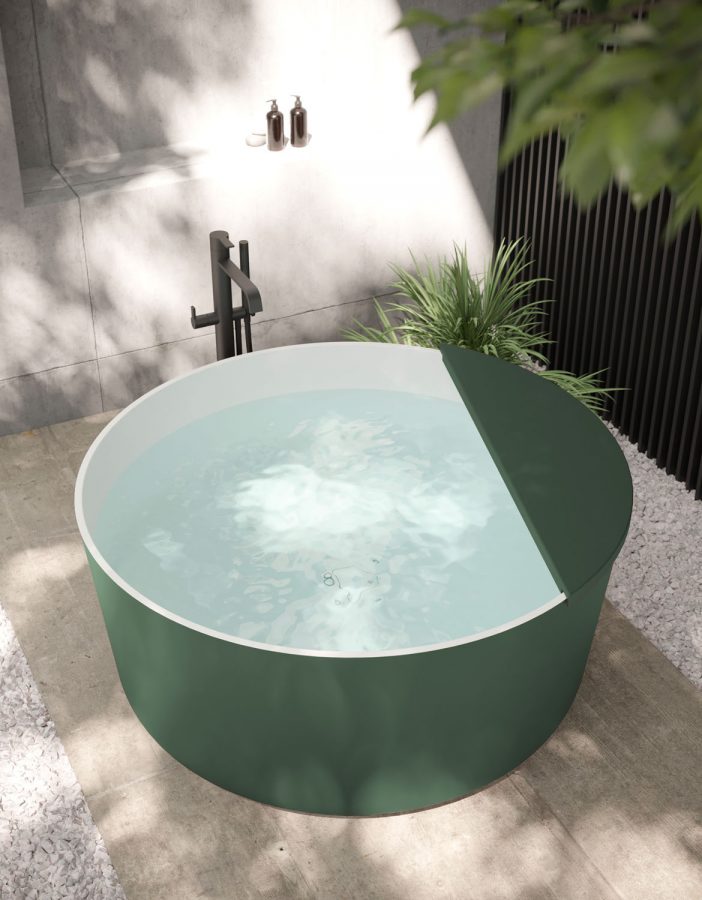

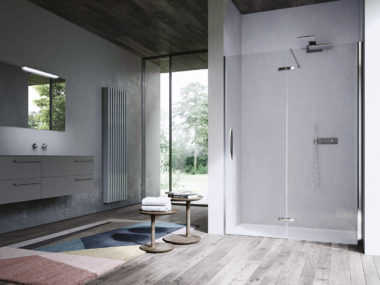






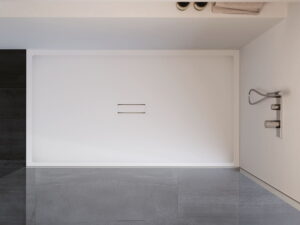
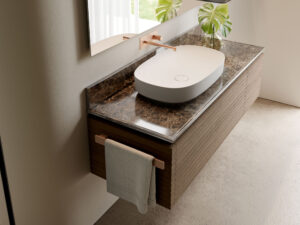

 Strictly necessary cookies
Strictly necessary cookies
 Functionality cookies
Functionality cookies
 Tracking cookies
Tracking cookies Targeting and advertising cookies
Targeting and advertising cookies